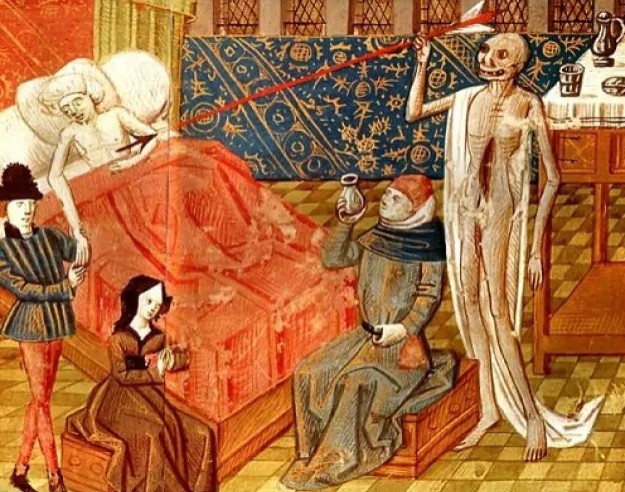During the mid-14th century, Europe faced the Second Plague Pandemic known as the Black Death. The much-feared disease resulted in the death of 30-60% of the European population, profoundly changing the course of history. In a recent study, it was found that the plague could have also affected the composition of the oral microbiome in humans.

Understanding Microbiome Evolution
Modern microbiomes are associated with various chronic diseases, such as poor mental health, cardiovascular disease, and obesity. According to anthropology associate professor Laura Weyrich from Pennsylvania State University, unveiling the origins of these microbial communities can help experts understand and manage these diseases.
Weyrich also believes that dietary changes have influenced the evolution of the oral microbiome through time. However, only a few studies directly examine the history of the human oral microbiome in a single population.
Some studies used the microbiomes of living Indigenous people who practice traditional subsistence lifestyles as a substitute for the microbiomes of pre-industrialized populations. This strategy is faulty because modern-day non-industrialized communities may not have microbes that precisely reflect those that existed in the ancestors of industrialized ones.
Such research also places unnecessary responsibilities and obligations on Indigenous communities to participate in microbiome research, although these studies may not benefit them directly. According to Weyrich, a more accurate and ethically responsible strategy to investigate microbiome evolution is now examining the oral microbiomes preserved within calculus or calcified dental plaque. This can be extracted from ancestors of Industrialized people with the consent and collaboration of decedent populations and stakeholders.
READ ALSO : Black Death That Ravaged Europe in 1400s Shaped Human Evolution Thru Genetic Mutations, Study Claims
Black Death and Modern Oral Health
Researchers from Penn State conducted the largest study of ancient dental calculus to date, entitled "Ancient dental calculus reveals oral microbiome shifts associated with lifestyle and disease in Great Britain." Weyrich and her colleagues gathered samples from the teeth of 235 individuals buried across 27 archeological sites in Scotland and England between 2,2200 B.C. and A.D. 1853. To minimize contamination, the collected materials were processed in an ultra-sterile, ancient DNA laboratory.
The research team identified 954 microbial species within two distinct bacterial communities. One group is dominated by the genus Streptococcus, common in the oral microbiomes of modern Industrialized people, and the other by the genus Methanobrevibacter, which is currently considered extinct in healthy Industrialized people. After analyzing the origins of the two communities, Weyrich and her team discovered that almost 11% of the total variation in microbiome species composition is linked to temporal changes, such as the arrival of the Black Death.
A novel approach was used to determine the role of dietary changes in the Streptococcus group's emergence and the Methanobrevibacter group's extinction. The investigation reveals that the members of the Streptococcus-dominated group had more functional traits, which are significantly associated with high-carbohydrate, low-fiber diets. These preferences are characteristics of modern-day diets. Meanwhile, the bacteria in the Methanobrevibacter-dominated genus missed traits linked to dairy and sugar consumption, both of which characterize ancient human diets.
Further examinations determined that the Streptococcus group was connected to periodontal disease, characterized by infections and inflammation of the gums and bones around the teeth. As this disease progresses, bacteria enter the bloodstream and cause coronary artery disease, respiratory disease, blood sugar issues in diabetes, and rheumatoid arthritis.
Read also: Black Death Patient Zero Allegedly Found: 5,000-Year-Old Remains May Help Study Bubonic Plague
Check out more news and information on the Black Death in Science Times.











